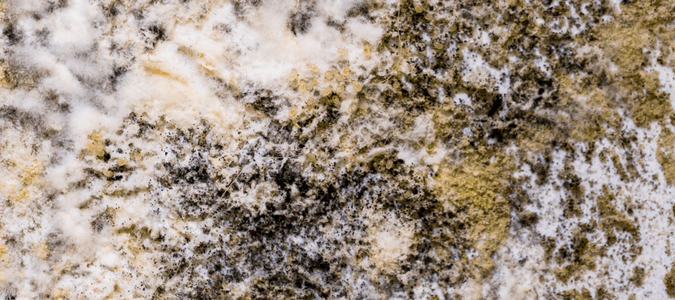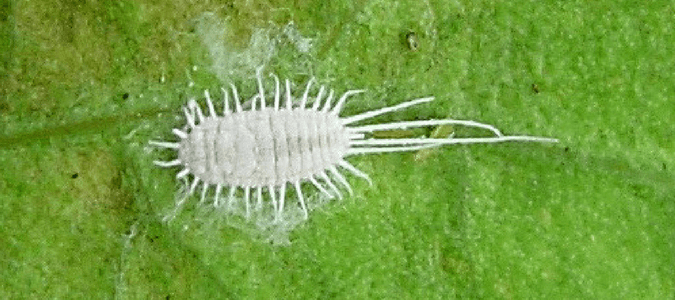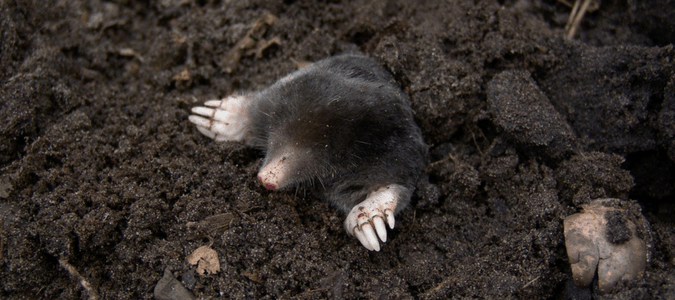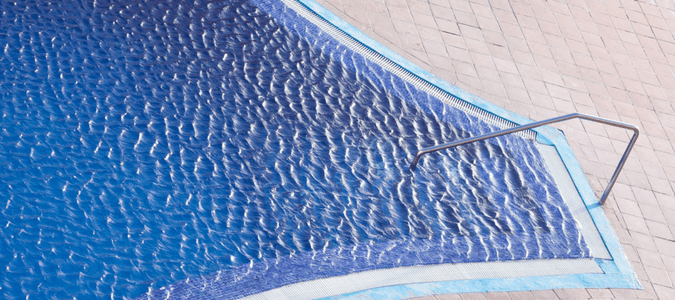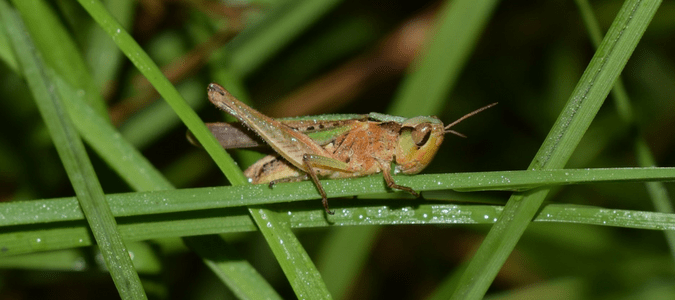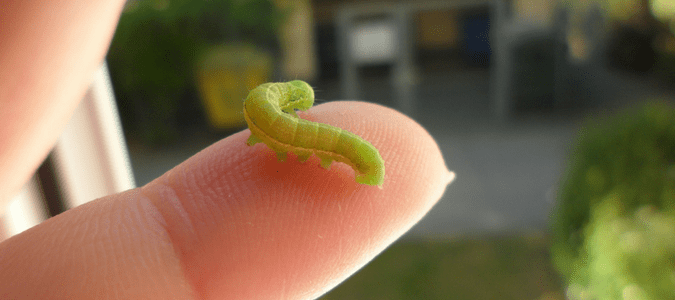Too Much Water in Pool Due to Rain? What You Can Do
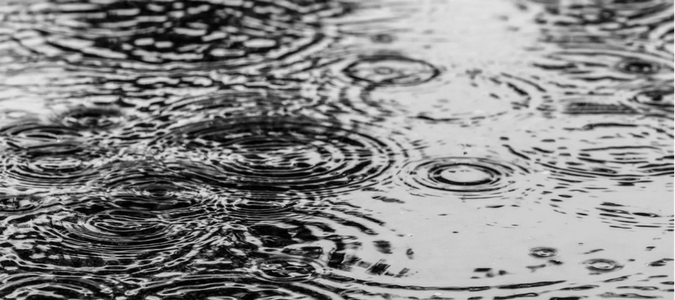
Here in the southern states, we almost always enjoy it when it rains. A good soaking typically cools the temperature and provides our lawn and landscaping with much-needed water. However, there are times when a strong storm, hurricane or tropical depression dumps a lot of rain on our property. That’s when there is too much of a good thing, which can lead to too much water in your pool due to rain.
We’ll tell you what you can do when your area experiences heavy rainfall, how to lower your pool’s water level, what happens when your pool is overflowing from rain, the problems a storm or severe weather event can cause and give you some tips on hurricane pool preparation.
How To Lower Pool Water Level
If you have a typical rainfall, or even several inches, your pool should be fine, since drains and skimmers are designed to remove the excess water. … Read Full Post »
